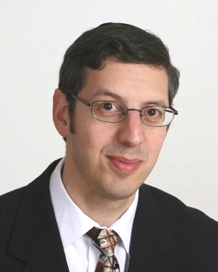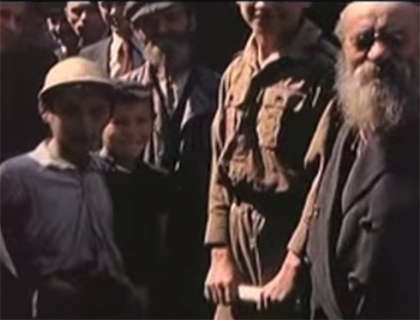Day 29
Books, Ghettoes and the Reformation - A Century of Turmoil
Dedicated by the Muchni to our Rav.
CLICK HERE TO BUY THE BOOK

Rabbi Aubrey Hersh
For the last 21 years Rabbi Aubrey Hersh has been based in London where he is currently Senior Lecturer and Projects Director at the JLE.
Rabbi Hersh lectures at seminars, university campuses and city firms in the UK as well as internationally. His main themes are history, philosophy, current affairs & halacha.
He was also the co-editor of the 60 Days for 60 Years book series (Holocaust 2005 and Israel 2008), and has been asked to appear on UK National TV for BBC’s The Big Questions. He is currently writing a book which ties trends in History into modern-day life.





